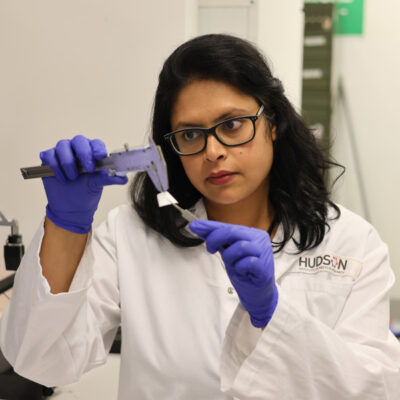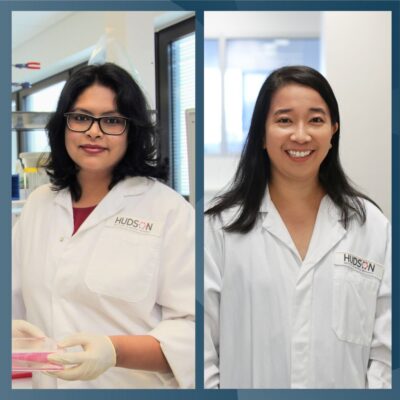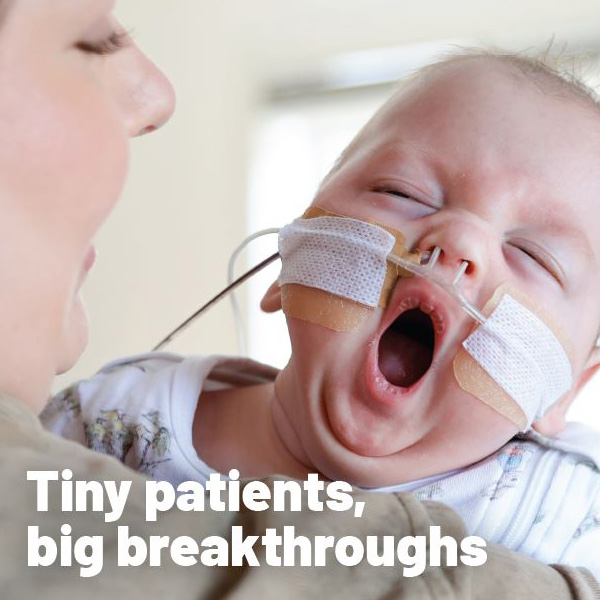Cells finding may boost POP treatment
By Hudson Institute communications
A discovery that provides deeper understanding about inflammation in the endometrium could bring scientists closer to improving pelvic organ prolapse (POP) treatment for women, a condition resulting from injury during childbirth.
Our study, published in the January edition of Reproduction, shows that mesenchymal stem cells (MSC) in the endometrium have the capacity to dampen inflammation.
While stem cells from other parts of the body have this ability, previously it was unclear if stem cells in the endometrium share this trait.
The discovery shows researchers should consider the importance of the inflammation-dampening properties of endometrial MSC, when developing treatments to prevent inflammation to foreign implants (mesh) used to support weakened tissues as occurs in POP.
The research builds on our major discovery in 2012, which identified the marker SUSD2 in the endometrium, a finding that paved the way for purifying endometrial MSC for use in cell-based therapies.
To complement the publication of the paper, Reproduction selected for its cover an image taken by scientist James Deane during the recent study.
It shows MSC as they appear in the endometrium (pictured in red), while the nuclei are stained in blue.
For the study, Professor Caroline Gargett and Dr James Deane mentored a strong international contingent of students.
Xiaoqing Yang from the Affiliated Hospital of Nantong University spent 12 months with Prof Gargett while she was finishing her PhD, while Meivita Devianti joined the team from the University of Indonesia to complete her Bachelor of Medical Science.
Contact us
Hudson Institute communications
t: + 61 3 8572 2697
e: communications@hudson.org.au
About Hudson Institute
Hudson Institute’ s research programs deliver in three areas of medical need – inflammation, cancer, women’s and newborn health. More
Hudson News
Get the inside view on discoveries and patient stories
“Thank you Hudson Institute researchers. Your work brings such hope to all women with ovarian cancer knowing that potentially women in the future won't have to go through what we have!”







